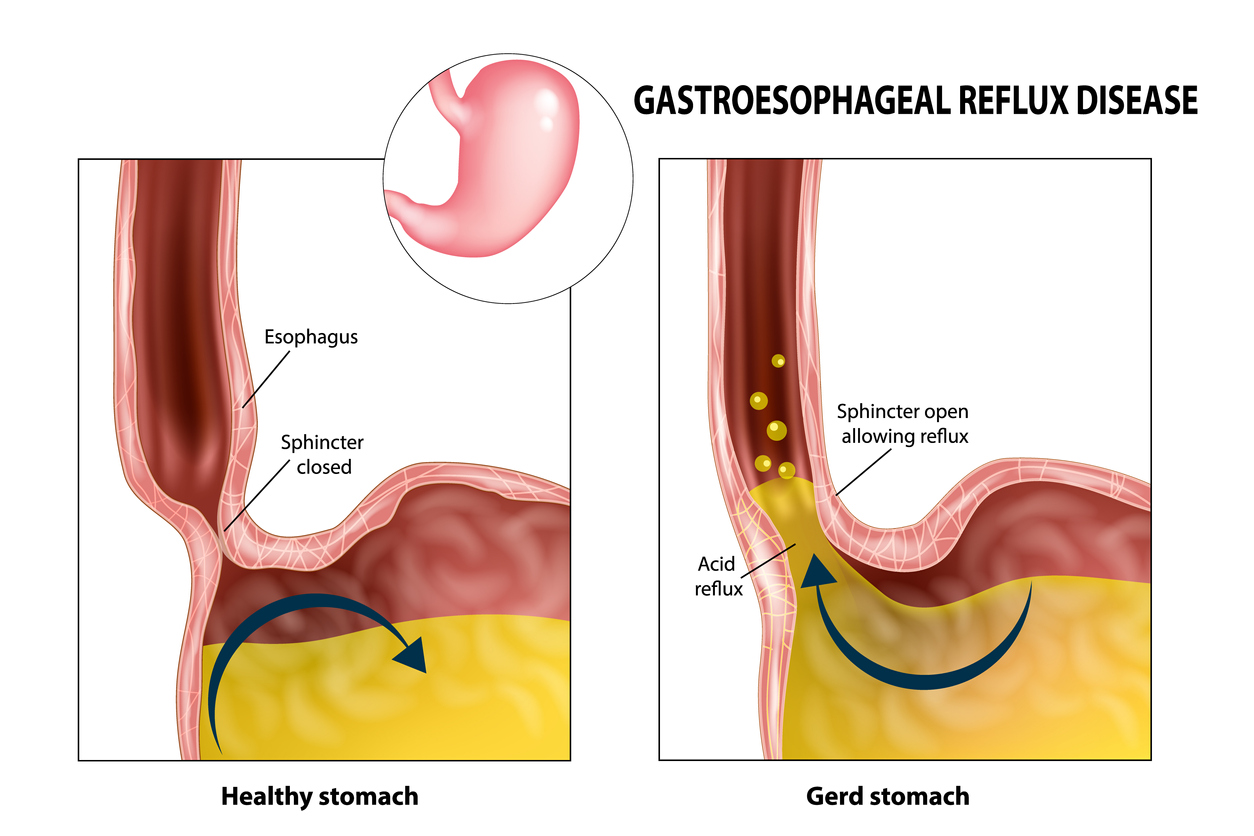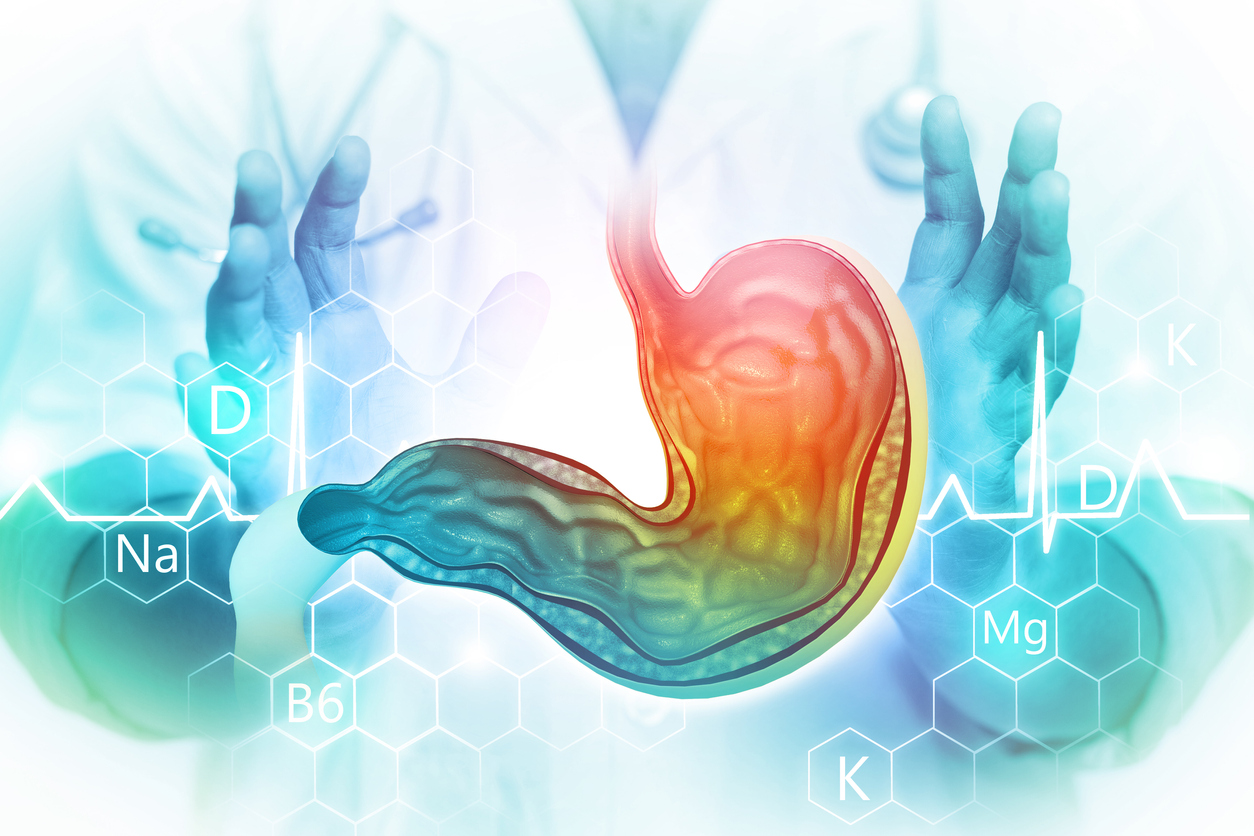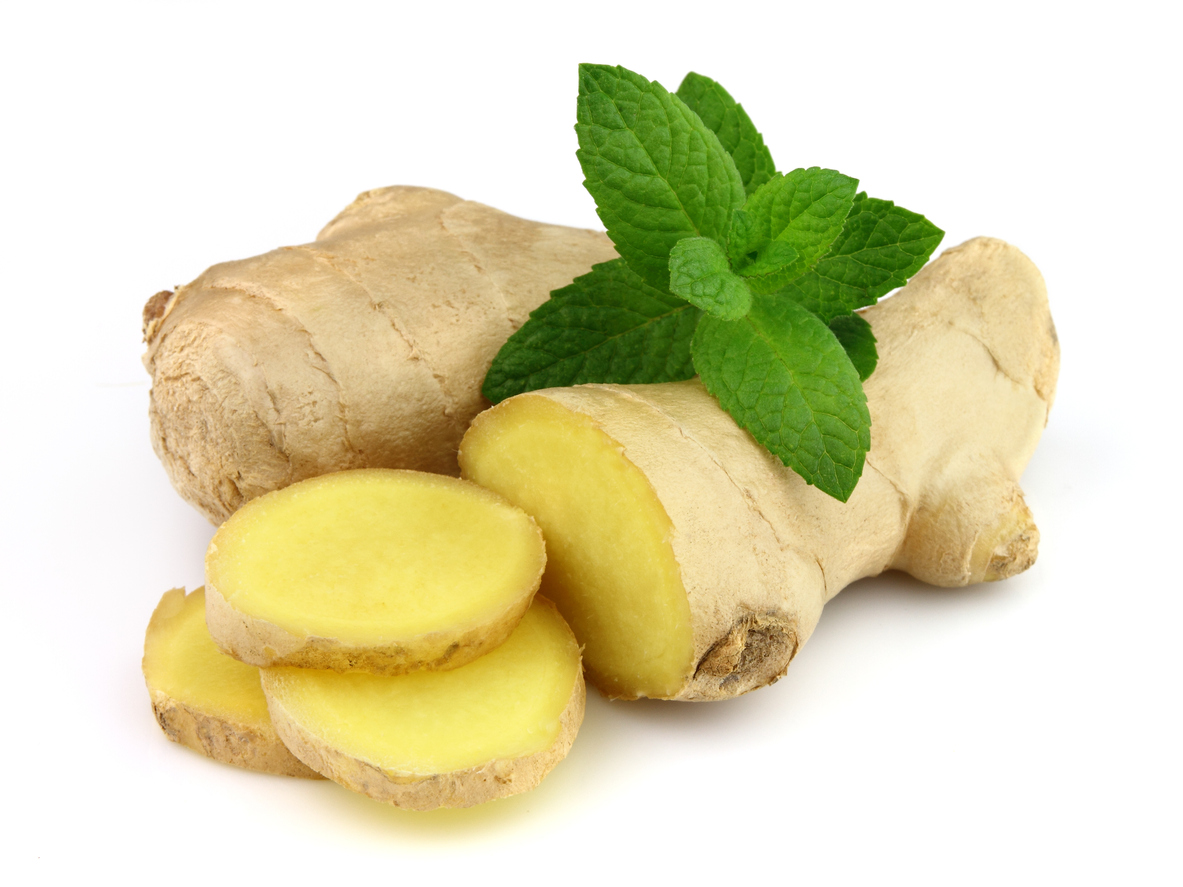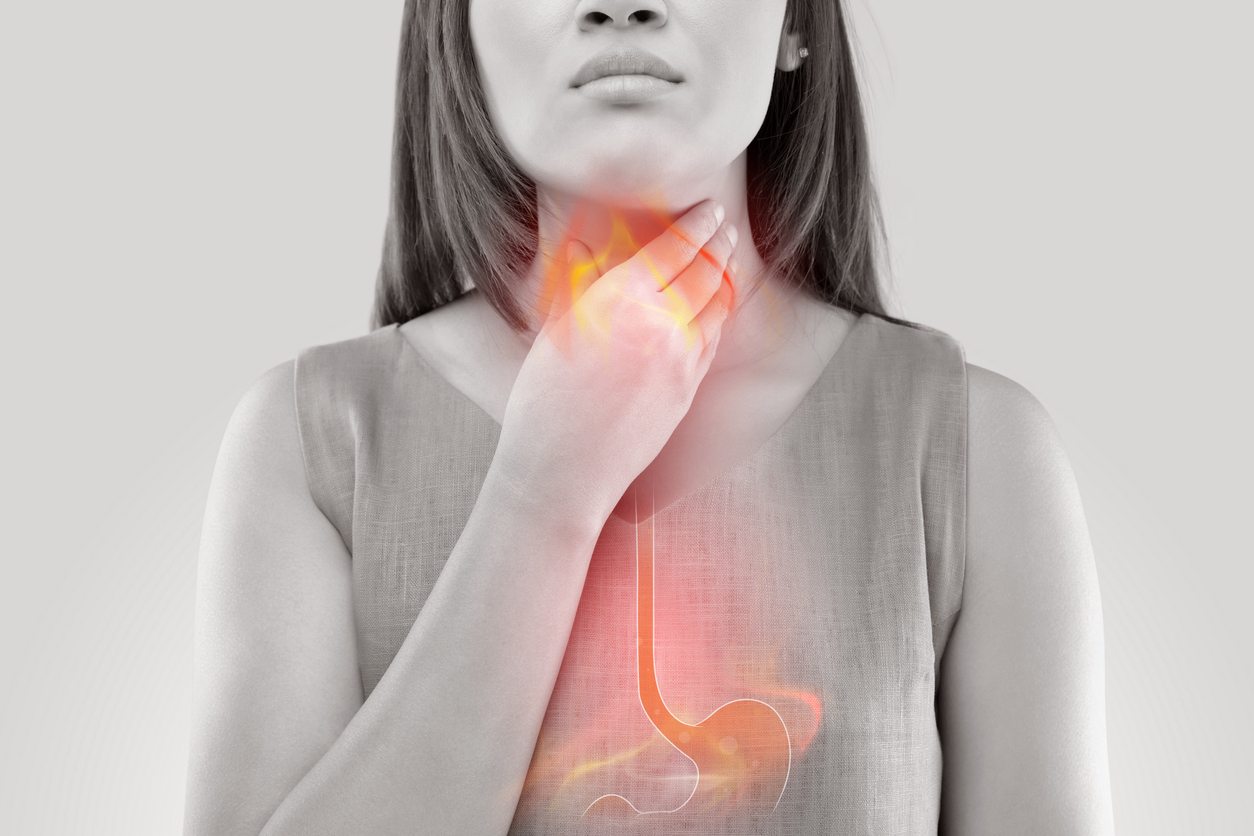Pain
At-Home Treatments for Gastroesophageal Reflux Disease (GERD)

What is gastroesophageal reflux disease (GERD)?
Gastroesophageal reflux disease (GERD) is a chronic condition in which stomach acid backflows into the esophagus. The esophagus is the tube that connects the mouth and stomach. GERD is a chronic and severe form of acid reflux that occurs at least twice per week or has a duration of weeks to months with each occurrence.
At-home treatments for GERD
Typically, conventional treatment for GERD involves prescription medication. Surgery is occasionally needed if symptoms persist or medication side effects are intolerable. There are several treatments or lifestyle changes that can be done at home to manage the symptoms of GERD.
Medications
It is important to discuss symptoms with a health care professional prior to beginning nonprescription medications for the treatment of GERD. Several medications are available over-the-counter to help manage GERD symptoms, which include the following:
- Antacids
Antacids neutralize stomach acid, which provides quick relief from GERD symptoms. When taken too frequently, however, antacids can cause increased production of stomach acid. - H-2 blockers
Histamine blockers, or H-2 blockers, reduce the amount of acid produced in the stomach, but they do not work as fast as antacids. Nonetheless, they diffuse symptoms of GERD for up to 12 hours. - Proton pump inhibitors
This type of medication is a stronger type of acid blocker. It works by inhibiting certain stomach cells from pumping acid into the stomach for up to 24 hours. It also allows time for the damaged tissue of the esophagus or throat to heal.
Lifestyle changes
The choices of everyday life can increase GERD symptoms, such as heartburn or acid reflux. Changes that can be made to help manage GERD include the following:
- Avoid triggers.
Certain food and drinks can worsen GERD symptoms or lead to an attack. Most commonly included are spicy foods, fried or fatty foods, alcohol, fizzy drinks, caffeine, citrus, tomato sauce, garlic, onions, and chocolate. A food diary may determine what triggers GERD symptoms and which foods or drinks to avoid in the future. - Eat slowly and smaller meals.
Pacing oneself during a meal, while making sure to thoroughly chew each bite, may help prevent symptoms. Smaller meals throughout the day, instead of three large meals, is also beneficial. - Refrain from lying down after eating.
It is best to wait at least three hours before lying down or going to bed after eating. Lying on the left side can help to avoid reflux. - Lose weight.
Extra weight places pressure on the stomach. This can cause the lower esophageal sphincter to open more, leading to acid reflux back flowing into the esophagus. - Elevate the head when sleeping.
Raising the head of the bed six to nine inches can help prevent acid from rising into the throat. Inserting a wedge between the mattress and box spring or adding risers to the legs generally works better than sleeping with extra pillows behind the head. - Abandon tight clothing.
Tight clothing may put pressure on the stomach and esophagus. This is especially true of pants or skirts with a tight waistband. - Stop smoking.
Smoking weakens the esophagus. A weak esophagus causes frequent GERD attacks due to the esophagus not working as it should. - Manage mental health.
GERD can be triggered by stress or anxiety. Certain techniques, such as progressive muscle relaxation or guided imagery, may help prevent symptoms from worsening.
















